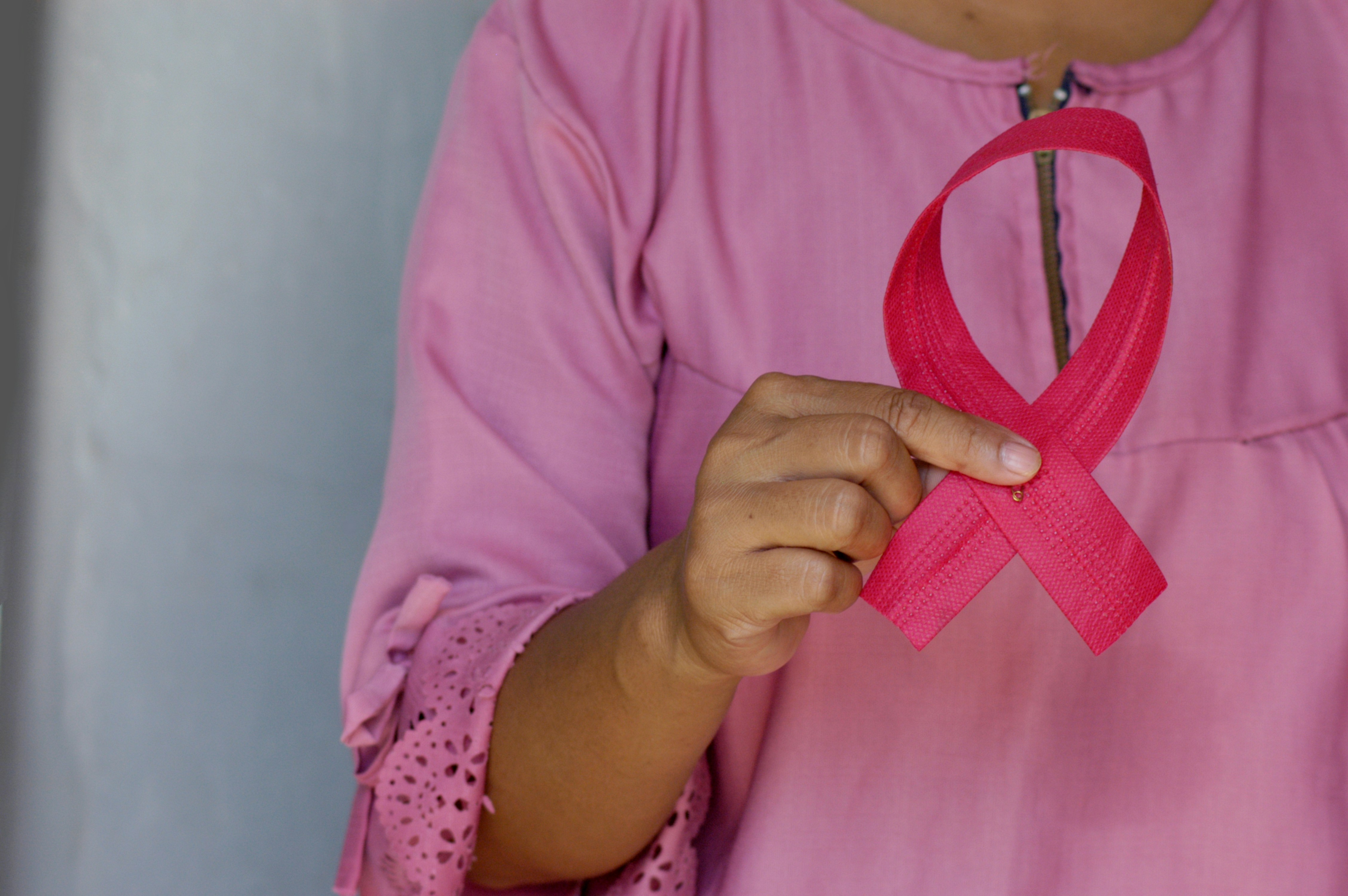Media release
From:
Peer-reviewed / Randomised Controlled Trial / People
The Lancet: Additional imaging techniques detect early stage cancers missed by mammograms in women with dense breasts, finds trialIn women with dense breasts (breasts with relatively low levels of fatty tissue) and a negative mammogram, supplemental imaging techniques detect early-stage cancers, with imaging techniques three times more effective than ultrasound, finds a phase 3 randomised control trial published in The Lancet.
Women with extremely dense breasts, about 10% of those aged 50-70 years in the UK, face a fourfold increased risk of breast cancer compared to those with the least dense breasts*. Mammograms are less effective for detecting early-stage cancer in dense breasts, as the tissue can hide tumours on the breast x-rays. Previous studies have shown MRI and ultrasound are effective supplementary imaging methods, but this study is the first to compare them with contrast mammography in women with normal mammograms and dense breast tissue.
Over 9000 women in the UK with dense breasts and a negative mammogram were randomly allocated to one of three different supplementary techniques. The cancer detection rate for the imaging techniques was 1.7% (for a fast MRI) and 1.9% (for contrast mammography), whilst the cancer detection rate for the ultrasound group was 0.4%.
Authors highlight that although this study shows the scans can detect additional small cancers which are likely to save lives, further research is needed to confirm whether they could reduce the number of deaths due to breast cancer, to establish the risk of overdiagnosis and to estimate the cost benefit ratio of implementing a supplemental imaging strategy for breast cancer screening.
Lead author, Professor Fiona Gilbert, University of Cambridge (UK) says, “In addition to the relevance for the UK’s breast cancer screening programme, this study has global implications for all countries where screening is undertaken for women with dense breast tissue.”



 International
International



